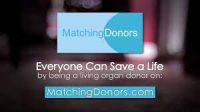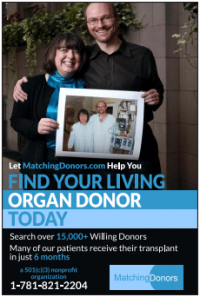
Update: This event has been postponed due to the COVID-19 emergency. Watch for announcements of rescheduling after the state and county emergency orders banning large gatherings is listed.
By David R. Shorey, East County Program Manager, Institute for Public Strategies
March 9, 2020 (Lakeside) -- Dozens of law enforcement officers, agents and deputies fanned out across Lakeside and the East County in January in the culmination of a 10-month undercover operation aimed at curtailing drug activity in Lindo Lake County Park. More than 20 suspects were arrested during the sweep. Fentanyl was part of the haul.
About a week later in Casa de Oro, a man took what he thought was a regular dose of medication, but ended up becoming an opioid overdose. In the frantic period as the overdose consumed him, he stabbed his girlfriend several times before passing out in his apartment. She lived. He did not.
 There is an opioid epidemic in the East County. In fact, East County has the highest overdose rate of OxyContin in the region, according the California Opioid Overdose Surveillance Dashboard. But th
There is an opioid epidemic in the East County. In fact, East County has the highest overdose rate of OxyContin in the region, according the California Opioid Overdose Surveillance Dashboard. But th
e opioid epidemic stretches across San Diego County, the state of California and throughout the United States. It has health officials worried.
So much so, that a community brainstorming session will be held in Lakeside in an effort to improve and expand access to prevention, intervention, treatment and recovery services for youth.
The National Alliance on Mental Illness (NAMI) San Diego is teaming up with the Institute for Public Strategies and the Lakeside Community Collaborative to host the event at the Lakeside Branch Library, 9839 Vine St., Lakeside, on March 25, 2020 at 6 p.m. The 90-minute community brainstorming session is free and open to the public. Attendees should RSVP and register so the event planners know how many snacks to provide.
 “Using opioids recreationally does not work out well,” Karen Lenyoun, training and prevention specialist at NAMI San Diego said. “Youth can use opioids beginning at a very young age and develop an addiction very quickly without realizing it.”
“Using opioids recreationally does not work out well,” Karen Lenyoun, training and prevention specialist at NAMI San Diego said. “Youth can use opioids beginning at a very young age and develop an addiction very quickly without realizing it.”
The idea is to start with treatment younger, as soon as possible, so by the time the opioid users are 25 to 30, they are well on their way to recovery.
“The longer someone uses opioids recreationally, the harder it is to get on the path to recovery,” Lenyoun said. “There is a lot of stigma associated with opioid use and misuse so the users often don’t have the information they need to seek treatment for mental health issues.”
Youth Opioid Response (YOR) California is behind the effort in reaching out to local organizations to help with the strategic planning, training, prevention and treatment for the epidemic. The service is supported by a federal grant under the State Opioid Response program, with funding provided by the California Department of Health Care Services.
 According to the 2017 National Survey of Drug Use and Health, the most common reason for not receiving substance use disorder (SUD) treatment was not being ready to stop using.
According to the 2017 National Survey of Drug Use and Health, the most common reason for not receiving substance use disorder (SUD) treatment was not being ready to stop using.
Of those who perceived the need for treatment but did not receive it, 30% had no health care coverage and were not able to afford the cost. Twenty percent felt that getting treatment would have a negative effect on their job, and 17% felt that getting treatment would cause their neighbors or community to have a negative opinion of them.
“In this way, the social and cultural stigma around addiction, and the need for significant tailored outreach and engagement to address misconceptions, serve as unique barriers to treatment,” according to the YOR website.
 “Additional barriers include financial constraints, limitations of health insurance coverage, a shortage of providers who offer medication assisted treatment (MAT), a lack of wraparound social services necessary for a proper continuum of care, regulatory and legal limitations, and weak data on the quality of addiction treatment services.”
“Additional barriers include financial constraints, limitations of health insurance coverage, a shortage of providers who offer medication assisted treatment (MAT), a lack of wraparound social services necessary for a proper continuum of care, regulatory and legal limitations, and weak data on the quality of addiction treatment services.”
A training on how to use Naloxone will be offered at the town hall. Also known as Narcan, it’s a medication designed to rapidly reverse opioid overdose.
Event organizers want to hear from the public about developing a community action plan; prioritizing and addressing high-risk youth; promoting positive youth development; involving families and addressing the stigma.
You can help. Please bring your ideas.













Recent comments